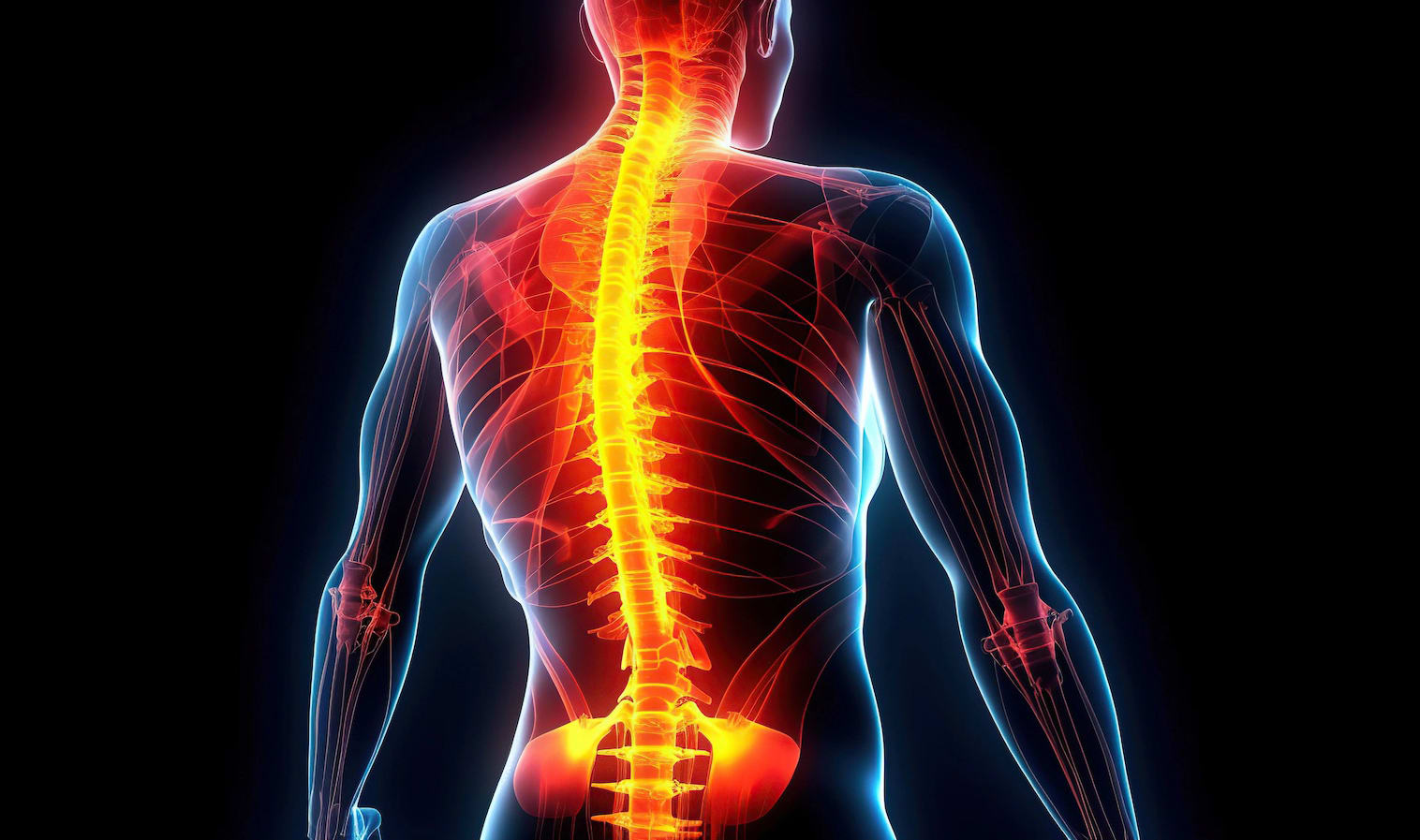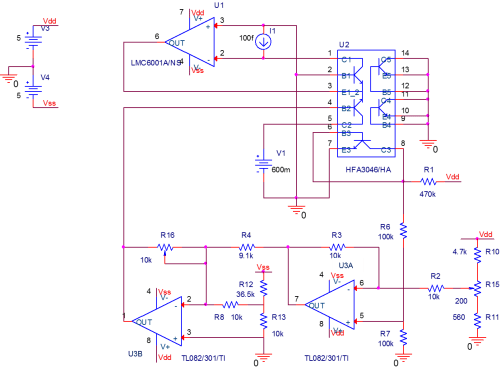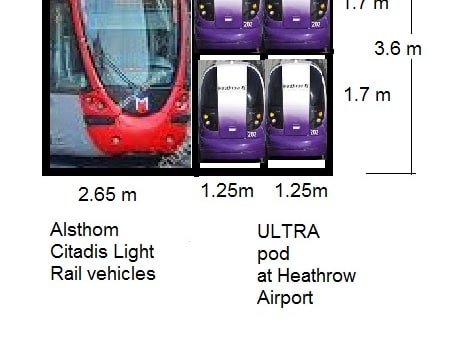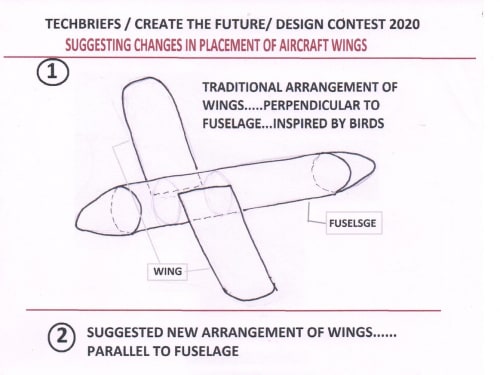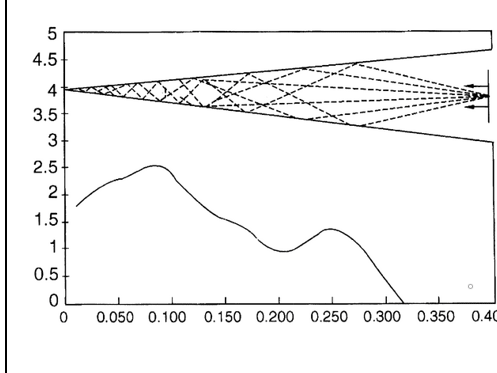The 2025 Contest is Now Open for Entries!
Submit your best new product ideas in any of seven categories for a chance at $25,000 USD and other great prizes. Here’s how to get started.
Help build a better tomorrow
Since Tech Briefs magazine launched the Create the Future Design contest in 2002 to recognize and reward engineering innovation, over 15,000 design ideas have been submitted by engineers, students, and entrepreneurs in more than 100 countries. Join the innovators who dared to dream big by entering your ideas today.
Read About All the 2024 Winning Inventions
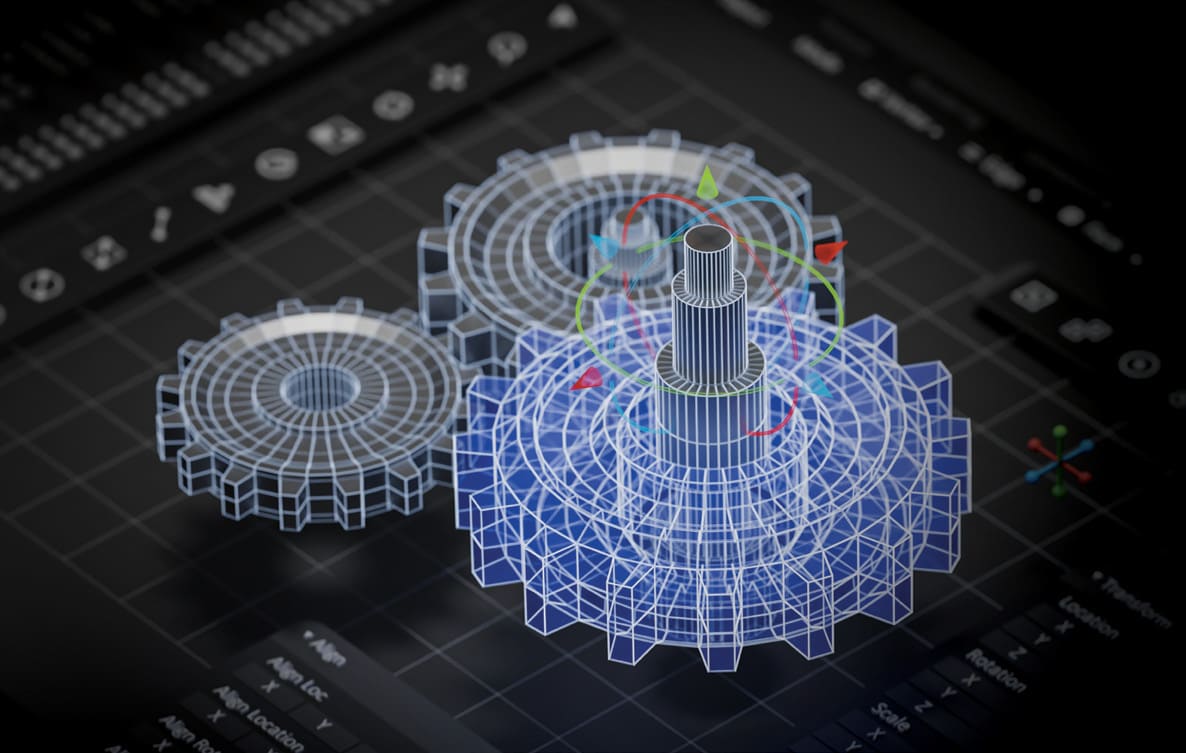
Special Report spotlights the eight amazing winners in 2024 as well as honorable mentions in each category, plus the top ten most popular entries as voted by our community.
Click here to read moreA ‘Create the Future’ Winner Featured on ‘Here’s an Idea’
Spinal cord injury affects 17,000 Americans and 700,000 people worldwide each year. A research team at NeuroPair, Inc. won the Grand Prize in the 2023 Create the Future Design Contest for a revolutionary approach to spinal cord repair. In this Here’s an Idea podcast episode, Dr. Johannes Dapprich, NeuroPair’s CEO and founder, discusses their groundbreaking approach that addresses a critical need in the medical field, offering a fast and minimally invasive solution to a long-standing problem.
Listen nowThank you from our Sponsors
“At COMSOL, we are very excited to recognize innovators and their important work this year. We are grateful for the opportunity to support the Create the Future Design Contest, which is an excellent platform for designers to showcase their ideas and products in front of a worldwide audience. Best of luck to all participants!”
— Bernt Nilsson, Senior Vice President of Marketing, COMSOL, Inc.
“From our beginnings, Mouser has supported engineers, innovators and students. We are proud of our longstanding support for the Create the Future Design Contest and the many innovations it has inspired.”
— Kevin Hess, Senior Vice President of Marketing, Mouser Electronics
contest
Contest
We propose a low-cost circuit using commercial off-the-shelf components that enables the measurement of electrical currents in the order of pA range. The circuit presents an output current that is an amplified version of the current to be measured,
Even with the advancements in automotive HVAC systems, it is still impossible to keep a constant temperature throughout the entire vehicle cabin. Usually the driver and the front seat passenger get to benefit from the desired temperature setting, while the backseat varies greatly. Today, almost every vehicle on the market will tell you what the temperature is outside,
The invention is a pandemic-proof mass transportation system that more than doubles the capacity of the existing right of ways of present day subways and light rail systems and dramatically reduces trip times.
The risk of illegal use of drones has greatly increased in terms of privacy violation, spying, and terrorism. The current state-of-the-art drone detection systems (DDSs) involve diverse sensing methods such as acoustic sensors, video surveillance, and RF methods. However, none of existing DDSs provide remote payload monitoring or verification.
Aircraft Wings are placed perpendicular and horizontal; and parallel to the ground; to the fuselage, as can be seen as an standard practice. This placement is basically inspired by body structure of birds. It has its own disadvantage , like excess clearance require on both sides of runways, and also restricts emergency landings.
Hereby,
Welding technologies are fundamental to fabrication and ubiquitous within manufacturing. Laser welding has found wide application for the joining of precision metal components and high-speed production due to the intense laser heat source. Low penetration or “conduction mode” welding is well controlled, depositing energy and melting at the surface of the metal. However,
Solar trackers have been used for decades. Trackers aim solar panels to continuously face the sun to maximize the energy captured. Concentrated photovoltaics (CPV), like conventional photovoltaic systems, generate electricity from sunlight. Compared to conventional photovoltaic systems, CPV are more efficient. CPV has reached over 40% in the lab and over 30% in real-world systems. In contrast,
Problem: Everyday life involves frequently moving between areas with different risks of infection:
(i) safe area, such as a home or a car,
(ii) minimal risk area, such as a hallway or staircase with no people around,
(iii) moderate risk, such as shopping in a supermarket or attending school with some people around, and
(iv) high risk area,
The last major advance in phlebotomy was the invention of the familiar Vacutainer(r) in 1947 which was commercialized in the early 50s by BD. In vitro diagnostics (IVD) instruments have recently become very efficient, requiring much smaller blood volumes. Today millions of liters of diagnostic blood are wasted.
Page 225 of 995
